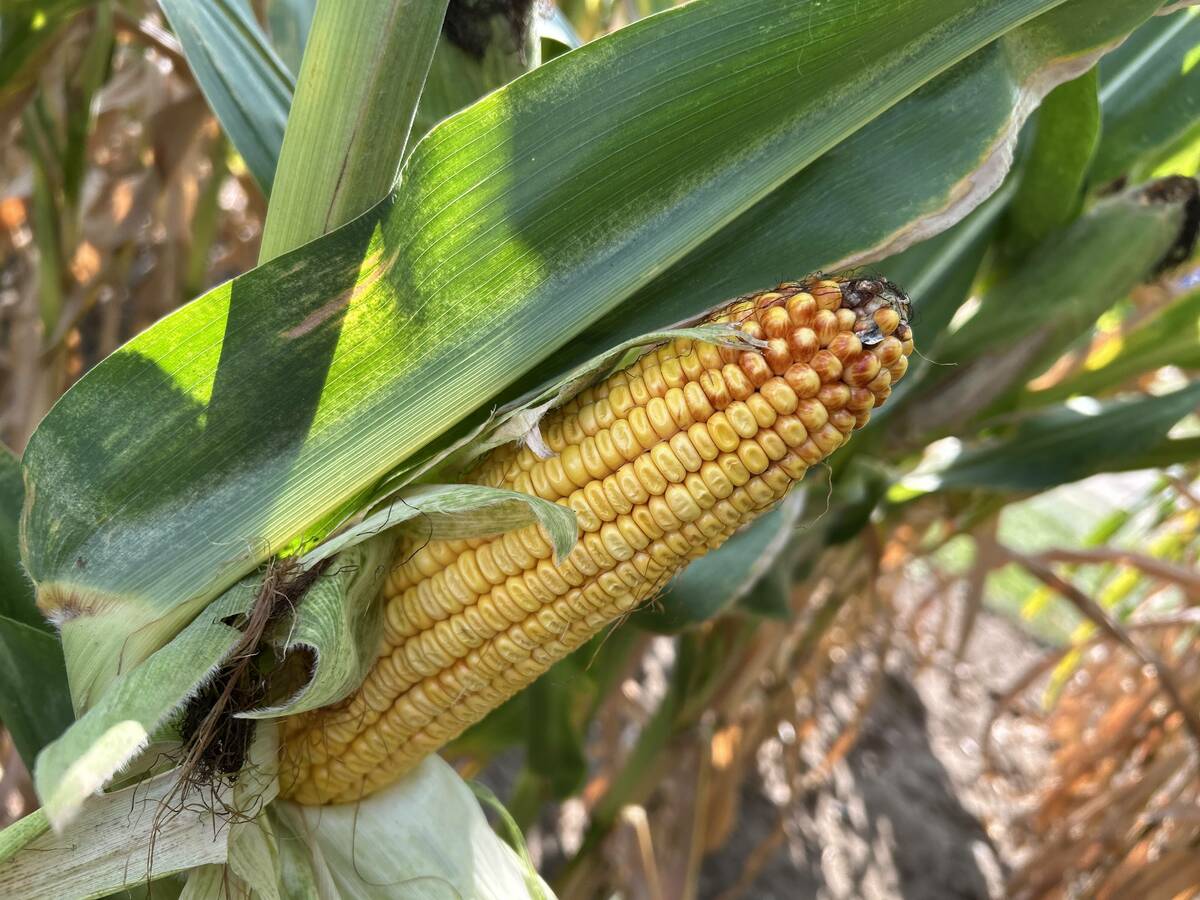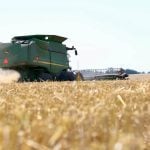People involved in the Team Canada grain trade promotion tour are about to tell customers around the world about this year’s wheat and durum crops.
“We have good news to talk about with customers,” said Cam Dahl, president of Cereals Canada.
“It’s a high quality crop.”
The group is scheduled to embark on a series of new crop missions immediately following a meeting with Canadian millers in Mississauga, Ont., Nov. 13.
It will have made stops in Asia, South America, West Africa, North Africa, the Middle East and the European Union by the time the missions come to an end Dec. 17.
Read Also

Crop estimates show mixed results
Model-based estimates used by Statistics Canada showed the 2025/26 crop year has seen increases in canola, corn for grain, oats and lentils production while seeing dips in spring wheat, durum wheat, soybeans and barley in comparison to 2024/25.
“This is our first opportunity to go to those customers and say, ‘this is how the wheat that you purchase will perform,’ ” said Dahl.
Daryl Beswitherick, program manager of quality assurance standards and re-inspection with the Canadian Grain Commission, said it was a good harvest.
“Crop quality was way better than last year,” he said.
Three-quarters of the hard red spring wheat crop made the top two grades, up from slightly more than half last year.
Mean protein content for all grades is 14.1 percent, up from 13.4 percent last year and 12.9 percent two years ago.
Fifty-two percent of the durum crop made the top two grades compared to 12 percent last year. Mean protein content is 14 percent, up from 12.9 percent last year and 11.9 percent two years ago.
“It’s a very good story to go and tell,” said Beswitherick.
Dahl said the missions are designed to provide customers with the technical performance data they require but also as a way to expand into new markets.
The missions used to be conducted separately by the grain commission and the Canadian International Grains Institute. The Team Canada approach is to include the entire value chain with representatives from Cereals Canada, CGC, CIGI and producer commissions.
West Africa is a new stop on the trip. It has been identified as a growth market because of its expanding population and rising incomes.
“As people become more wealthy they look for better quality in all the food they eat and that is something that Canada is well placed to provide,” said Dahl.
Canada does not have much market share in West Africa, but it believes countries in the region could one day buy a lot of CWRS and CPS wheat.
“Some of the world’s largest flour mills are actually in Nigeria,” said Dahl.
“The U.S. has a dominant place in that market, so that’s something we’ll look to change.”
A recent report by the U.S. Department of Agriculture says that Sub-Saharan Africa’s gross domestic product has grown by 60 percent and its middle class by 90 percent in the last 10 years.
The region’s agricultural imports have expanded at a rate of 13 percent a year over the last two decades, reaching $48.5 billion in 2014.
The pace of imports has slowed in recent years, but most analysts believe the future is bright with the middle class expected to expand another 90 percent by 2024 and fueling a 60 percent increase in food sales.
Dahl said some stops in Asia, such as Vietnam, had to be sacrificed in this year’s trip to make room for the West Africa mission.
Growers have been included in the trade missions so that they can talk to customers about their production practices and sustainability initiatives, such as no-till seeding and precision agriculture.
Dahl said the Team Canada approach seems to be a hit with customers based on feedback from last year’s missions.
“One comment from a customer in Europe last year was Canada has its act together. So we’re getting very positive responses,” he said.















